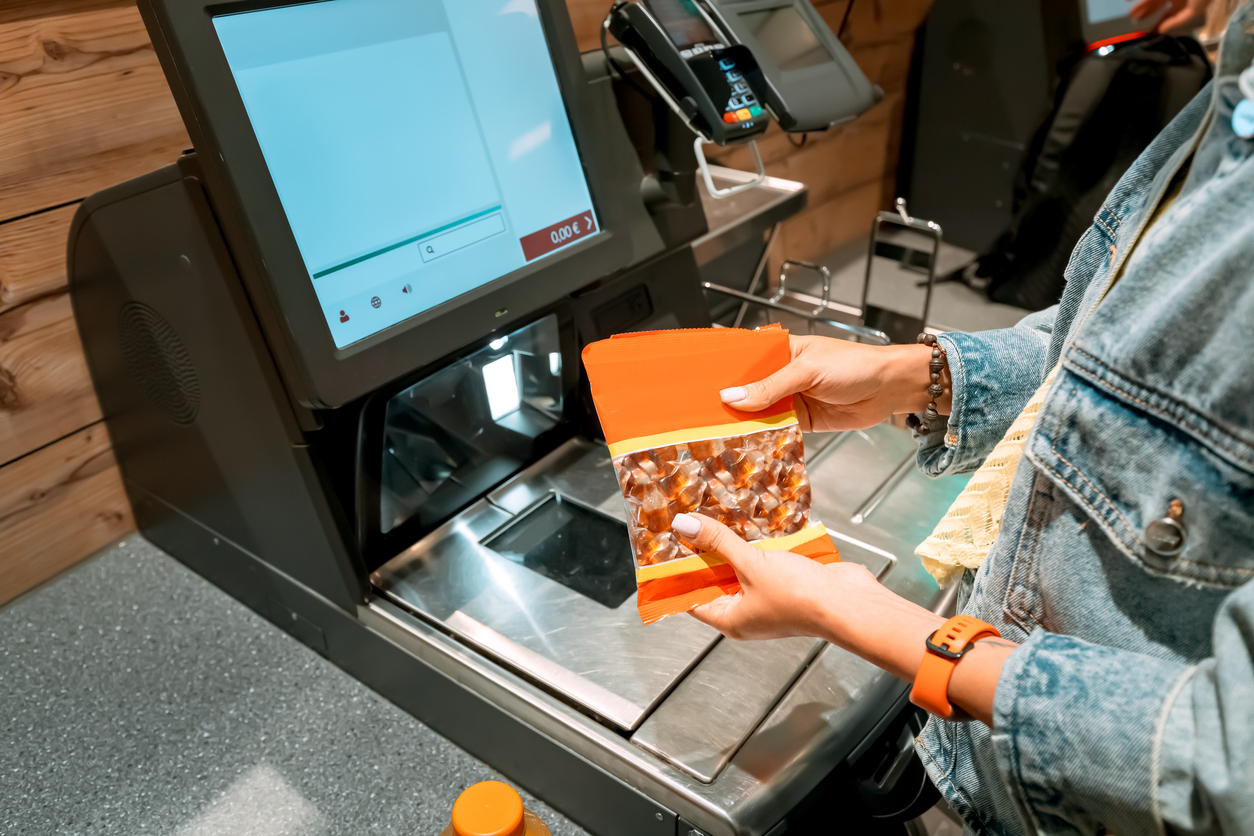Say goodbye to slow checkouts and step into the future with a modern POS system.
Key takeaways:- Today’s POS systems do much more than help you ring up sales, although that remains a critical function.
- They comprise the software that facilitates transactions, integrated with hardware components, such as barcode scanners, receipt printers, and display screens.
- When vetting POS systems, consider features, usability, available integrations, pricing, and vendor support.
Understanding modern POS systems
POS systems—the hardware and software that facilitate the checkout process—have come a long way since the days of analog cash registers. Today, these systems do much more than help you ring up sales. They streamline operations, keep sales data well-organized, and enhance customer experiences.POS hardware
Modern POS systems typically include the following hardware components:- Display screen
- Barcode scanner
- Payment terminal
- Receipt printer
- Cash drawer
- Corded vs wireless scanners: Corded scanners connect to the POS system via a cable, and are perfect when you don’t want to worry about recharging. However, the wires can sometimes be too short or get in the way when scanning large, difficult-to-move items. Wireless scanners commonly transmit data via Bluetooth and provide about 30 feet of range. They are more portable than corded models but need to be charged often.
- 1D vs 2D scanners: One-dimensional (1D) scanners only read horizontal linear codes, such as UPC barcodes. Two-dimensional (2D) scanners more intelligently capture image details and can read vertical and horizontal codes, including stacked and QR codes. They read codes faster and in any orientation, but cost more than 1D scanners.
- Handheld vs presentation scanners: Handheld solutions allow you to direct the scanner to a product at any distance or angle. In contrast, presentation scanners are fixed to the POS counter, where you “present” each product’s barcode in front of the scanner for reading.
POS software
Modern POS software includes features such as:- Inventory management: Helps you track inventory levels, monitor product variations, set reorder levels, and manage stock replenishment across multiple locations in real-time.
- Reporting and analytics: Enables you to create detailed, custom reports and harness data insights to make smarter decisions. You can monitor sales trends, discover best-sellers, analyze performance, and do much more.
- Integration: Allows your system to communicate seamlessly with the rest of your tech stack, including your payment processing, accounting, and CRM software. This connectivity streamlines operations by reducing errors, eliminating manual data entry, and providing updates across functions.
- Customer management: This lets you capture customer details and communicate with them beyond the point of sale, which is handy for future promotions.
